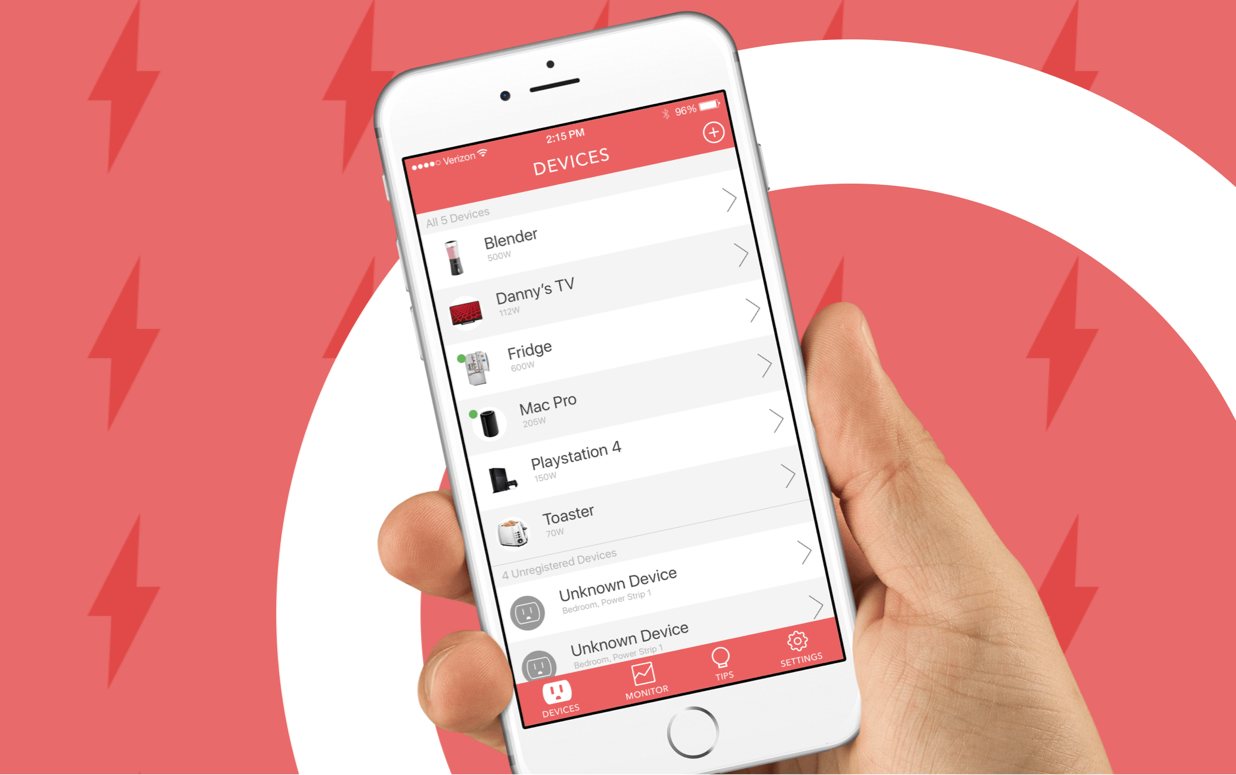
Energy Hog
What's the Story?
One of my assignments during college was to create an app concept that implemented interactive data visualizations. Everything beyond that was up to me. While charging my phone one day, I realized I wanted to visualize how much energy I used daily and learn how much a device costs over time. I wanted to know how my usage performed in the long run, like a month or a year. I also wanted to prioritize the discovery of energy efficiency tips, reduce my energy bill, and not use more than I needed.
Objective
I came up with the Energy Hog concept as a solution to a real-world problem by harnessing the potential of the emerging IoT industry. This app accessory for smart outlets allows users to monitor their electricity usage per device and receive bill-saving suggestions beyond the simple act of turning things off. I conceived this idea before IoT was widely adopted and before anything like it was available to consumers.
Planning Process
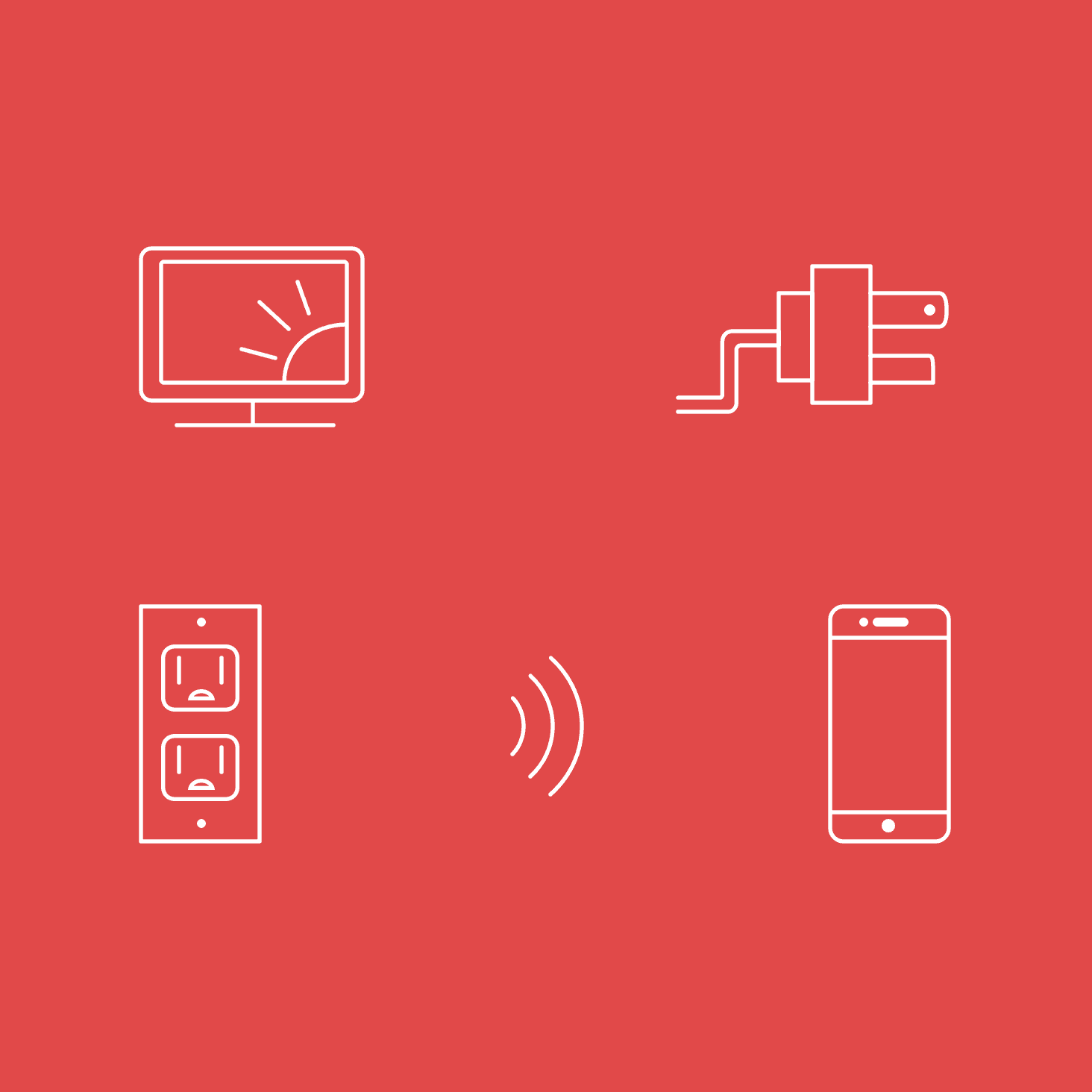
Considering the Practicality
Research and Flows and Personas, Oh my!
You can see this more in the design deck, but I pursued many ideas from scratch because this was so new. I took note of whatever competitive research I could find. Most of it was either calculators or meter monitors, but nothing sought more granular insight into usage. Additionally, none of the competition was simple at helping a casual user discover more clever tips for saving energy.
I sought demographics that might be looking to save money on energy. Audiences like people new to owning or renting housing and starting to pay their first utility bills and others just trying to make a change. I also considered how it might appeal to environmentalists. I created a persona of a person who could be using it. Still, the more important exercise was to grasp the target demographics' economic mindset and tech literacy.
I drafted a list of features that I knew it must do for it to have a unique value against the existing competition. I wrote all the features down and then grouped them by relevancy to create a hierarchy. This is about what has to live where to make sense and be discoverable. Features are more likely to translate to wireframes if it is easy to follow the tree like a narrative of a user journey and deducible logic.
Afterward, I laid out the flows and wireframes to understand how to accomplish those tasks. Some of these flows focused more on the less-discovered questions like how to register a device to your app. I figured this all out just before Apple HomeKit was publicly released. So I was eagerly taking on design problems when there were few examples to take from.
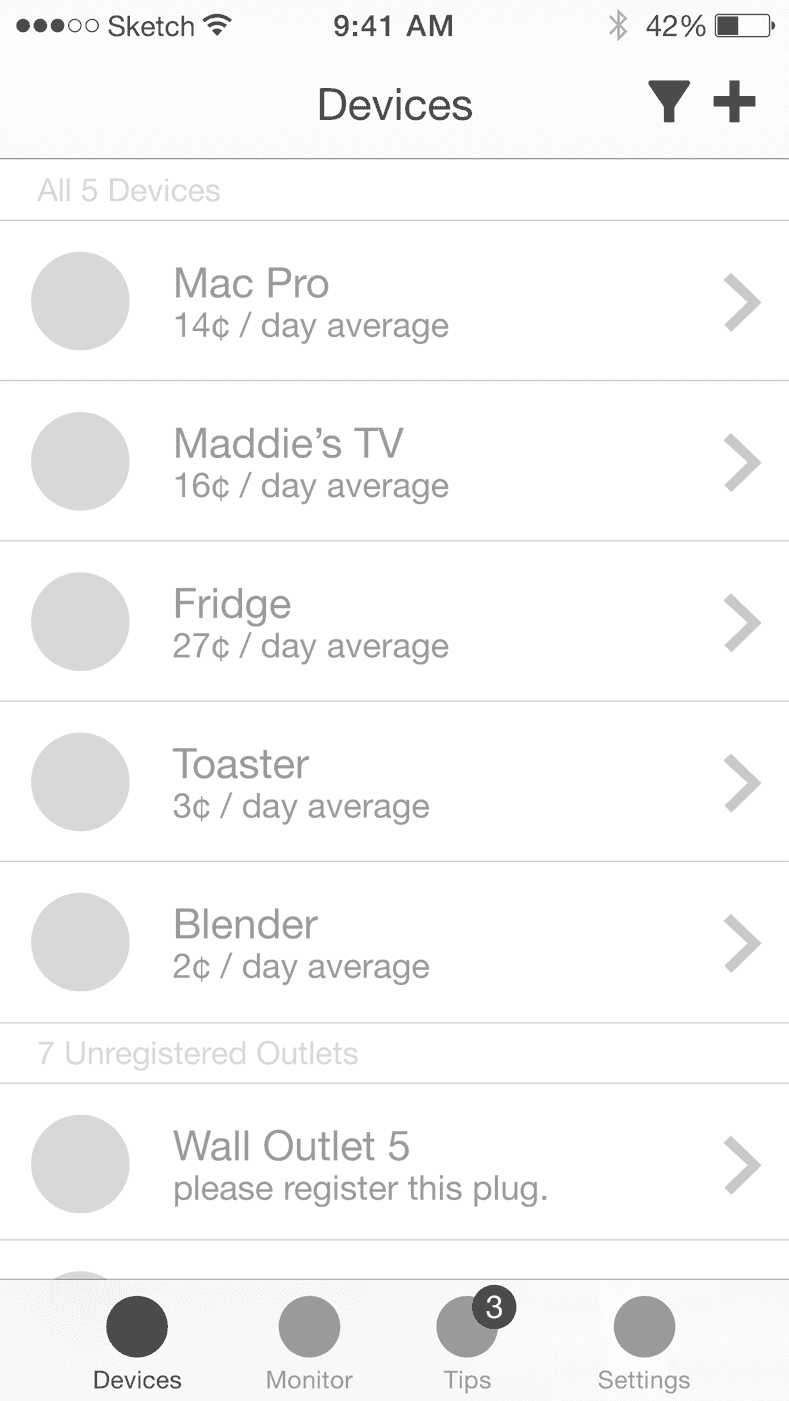
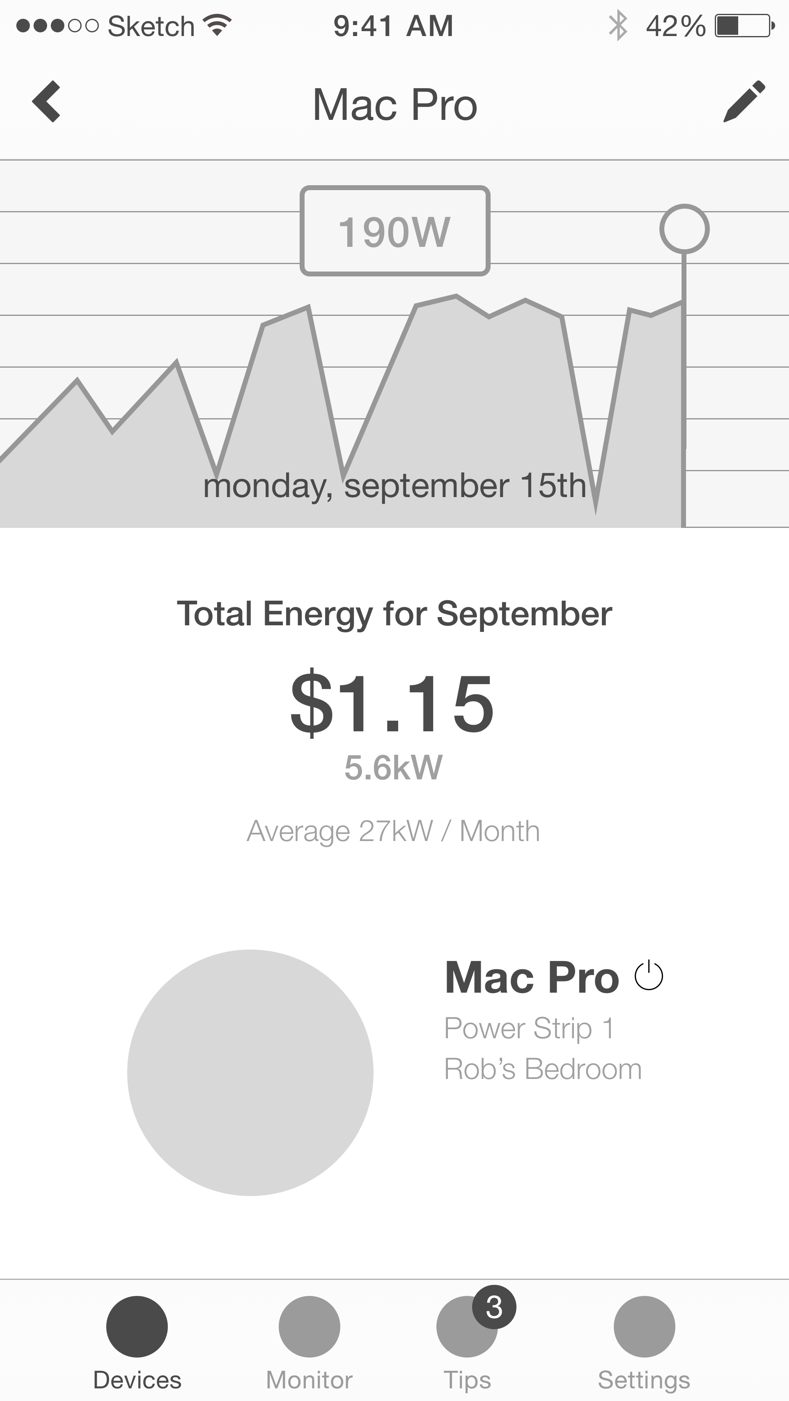
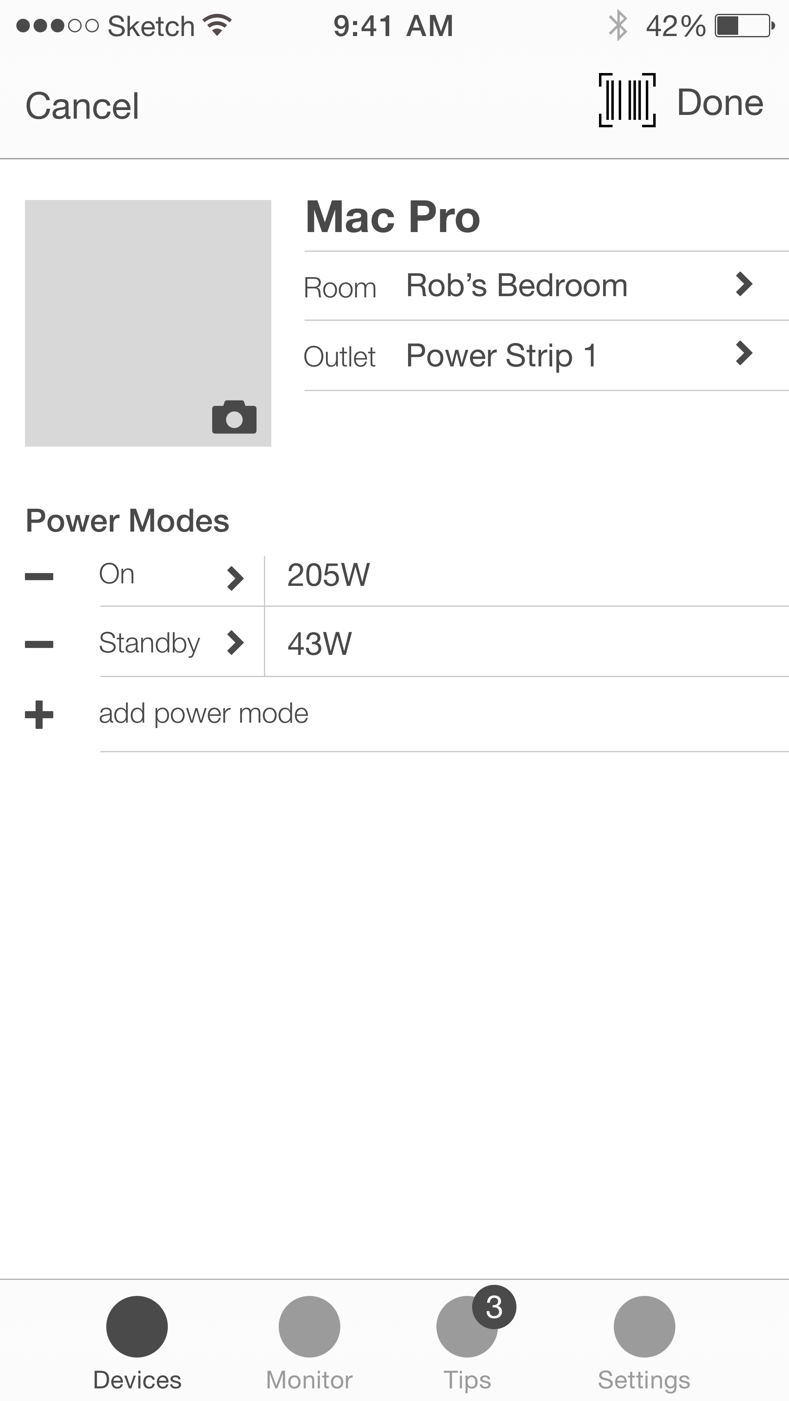
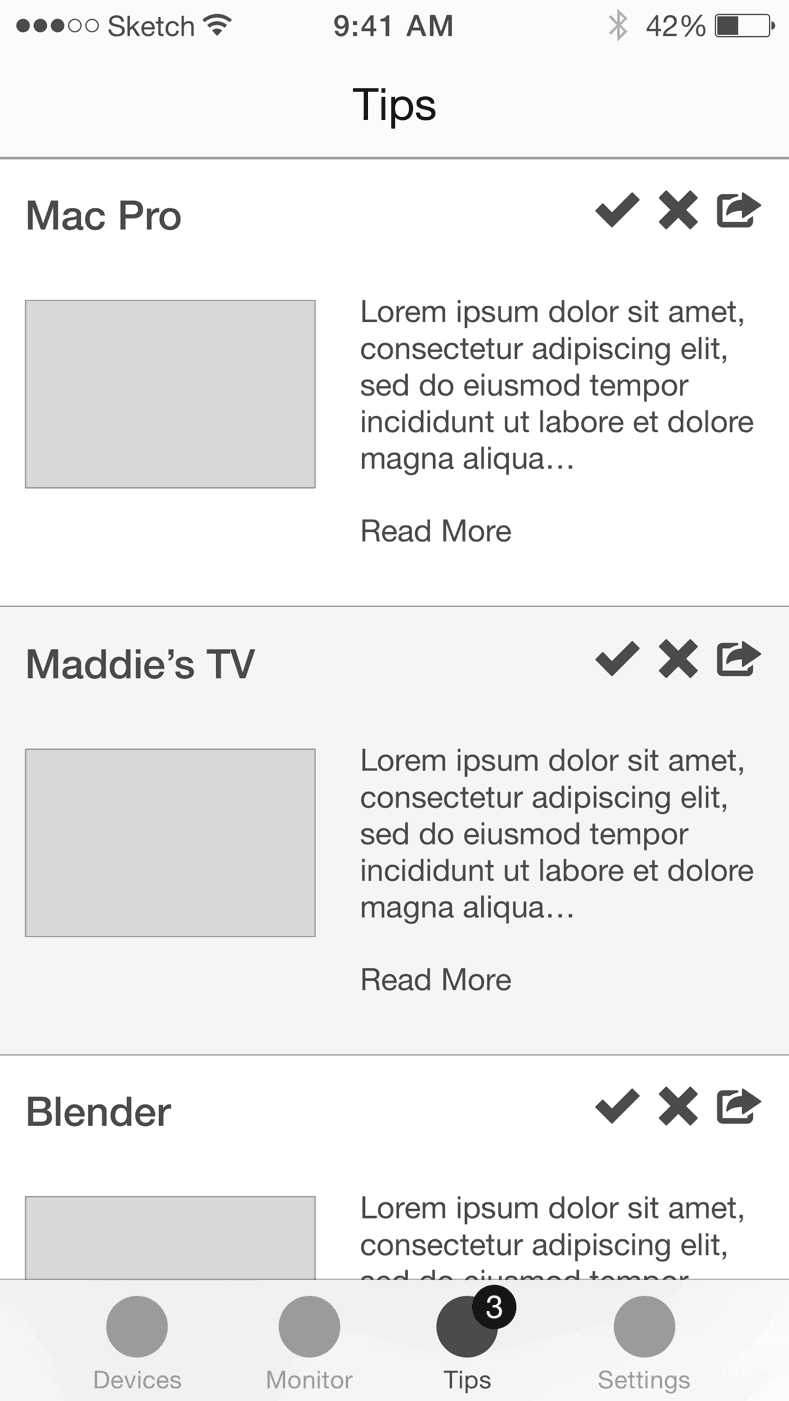
Design Composition Process
After testing with paper prototypes (InVision was still pretty new), I gathered a stylistic mood board and worked on the visual design. I revisited the visual design twice and essentially reskinned it. The version you'd see in the screenshots here is from 2016, when I briefly updated the app for my last portfolio.
But if you want to see how rough it was with the first version, it's in the deck. My timeframe for everything was probably around a week or two in college. I was more concerned with ensuring the idea could have theoretically been a natural solution for real problems.


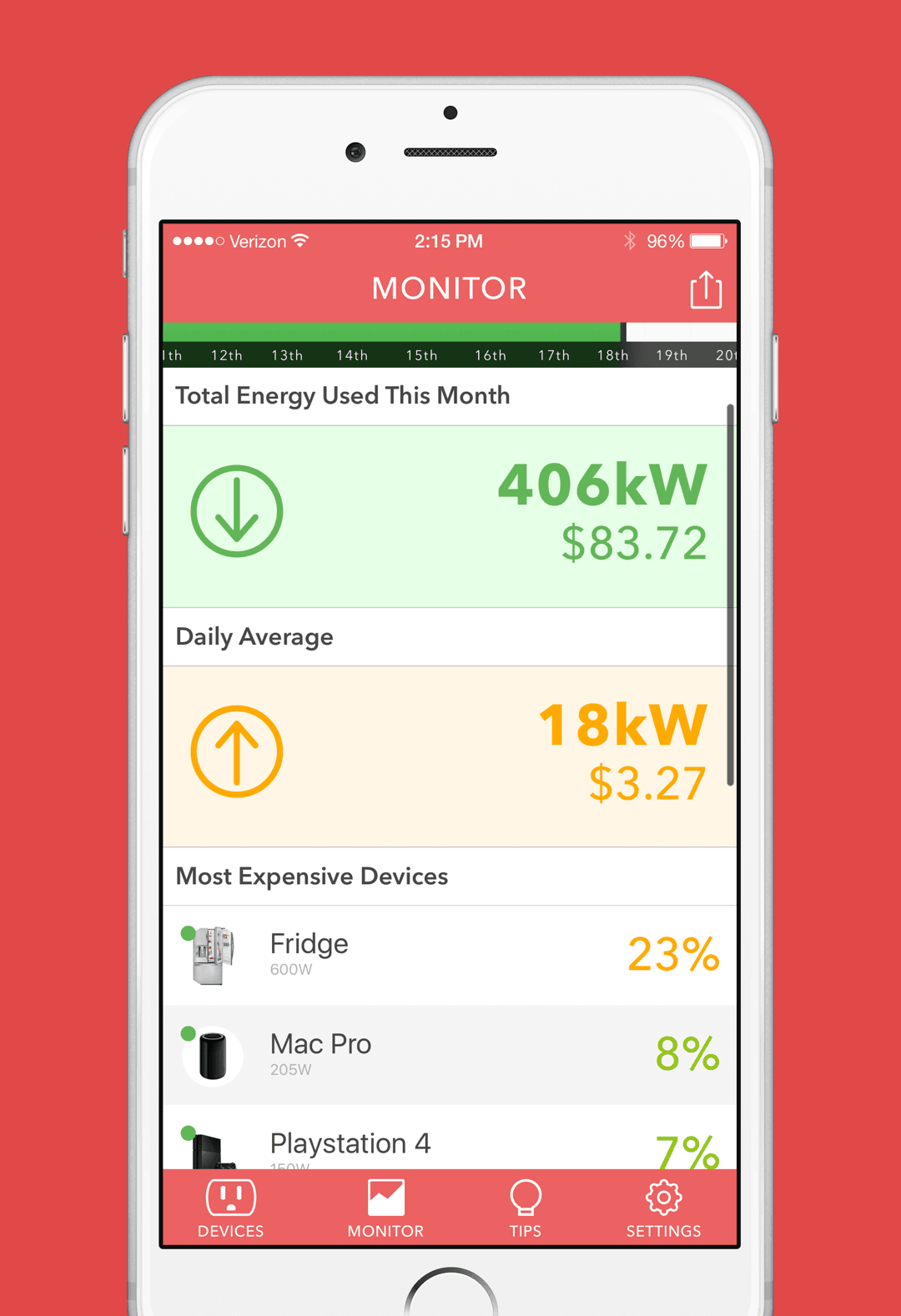
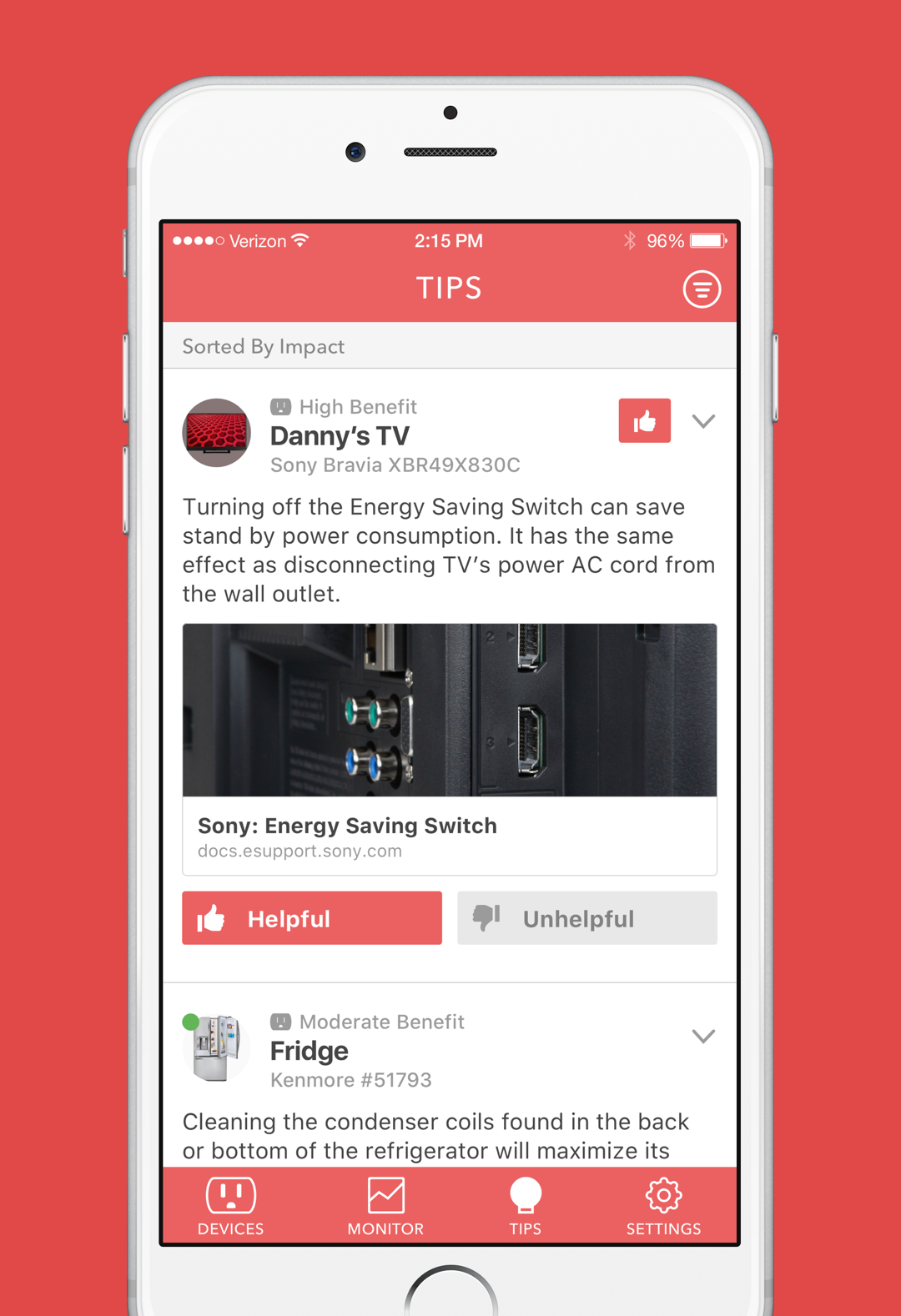


Project Results & Retrospective
There's a lot more in the deck download for this one. Just keep in mind this is now a decade old! Within includes more things I decided not to cover in this case study. Including a video trailer, I made in after effects that showed demos of animated interactions. While I can do videos, making animation is not really what I mainly do and don't particularly market myself for. Now we have more effective tools made for prototyping than after effects, but if you want, you can find that over here YouTube.
This is one of those ideas that, if I had the ability, I would've pitched to people to see what they thought too. I was tackling and designing ideas in preparation for something new rather than as a response too late. I ran out of time when I got hired full-time, but I love working on these kinds of projects when I don't have bills hanging over my head, even if I can't single-handedly develop them. Trying to turn interesting problems into interesting solutions is engaging for me.
Design Deck
Even though this was considered outside the scope of a student project, I did it anyway. Furthermore, I try to avoid making unrealistic ideas that can't be implemented. While the class project was for fantasy, that's not what drives me. I wanted to only think about things I could imagine helping people. So, with some googling, I started figuring that wattage could be recorded if devices were paired with smart outlets and smart power strips.
I imagined through Wi-Fi, you could connect outlets to the app and possibly to desktops or other devices. The technology was there, but in 2014, the functionality of smart outlets was limited to just turning them on and off. This was an undiscovered territory, and that's what excited me most.